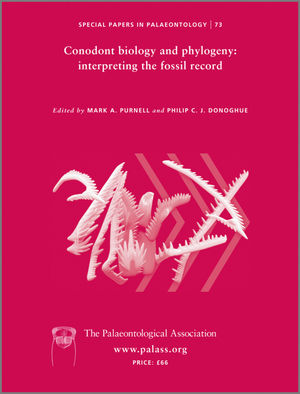Reg. Charity No. 1168330

Measuring abundance, one measure of an organism’s success, is vital for describing the ecological context and community characteristics of fossil species and evaluating biases related to preservation and sampling. All euconodont ‘death assemblages’ will be biased by life history; short-lived individuals or those that moulted will be overrepresented compared with long-lived individuals. If a true measure of abundance is to be obtained we have to account for this bias. By comparison with living vertebrates it has been hypothesized that the euconodont oral skeleton, the first part of the vertebrate skeleton to mineralize, was deciduous; either elements or the whole apparatus could have been shed. This hypothesis has received little scrutiny and could have a direct bearing on the biological and palaeoecological inferences that can be made from species-abundance data. Natural assemblages support retention of elements whilst histological analysis indicates polycyclic growth comprising alternating periods of function and overgrowth that probably continued throughout life. This study challenges the idea of whole apparatus shedding by utilizing biometric data from time-averaged collections of Idiognathodus natural assemblages. Scatter plots of element linear dimensions exhibit clustering into size cohorts that can be used to elucidate population structure. Published time-specific and dynamic survivorship curves for the Silurian ostracod Beyrichia jonesi are used as a model for the population structure of a moulting organism. These curves are similar, having roughly the same average slope and identical mean rates of mortality per age class. The same survivorship curves for the Idiognathodus collection have different average slopes and mean mortality rates. It is therefore concluded that the apparatus was retained throughout life. At least in this taxon, and in the absence of preservational or sampling biases, element-abundance data are a true measure of a species’ success. However, quantitative palaeoecology of euconodonts will not become fully rigorous until the age of euconodonts can be determined.